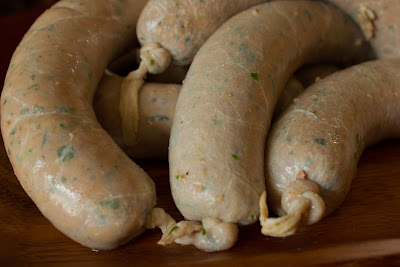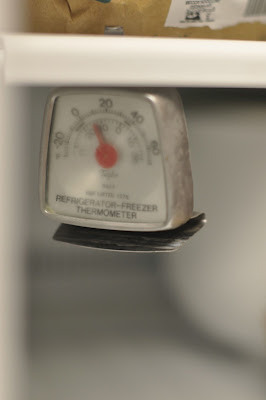A few more green tips
Hope you all had a nice Earth Day today. Here are a few more tips and links to conclude this week's blogging marathon. You can access all these posts by clicking the Green Your Kitchen tab at the top of this blog. Origin and Nature of your Food Many factors contribute to the energy bill of the food we eat: The type of food it is (Livestock consumes a lot more energy than fields of vegetables for instance) The way it is produced (Is the food produced organically or with the use of petroleum products for instance?) The distance it travels before reaching your kitchen The type of transportation used and the quantity transported on each trip The amount of processing involved in producing the food The type of packaging used Although some of these variables are difficult to determine, keeping them in mind and being as well informed as you can will help you choose healthy, tasty, and eco-friendly foods. (This is true for drinks too, including water.) Cooking Methods The judicial use



